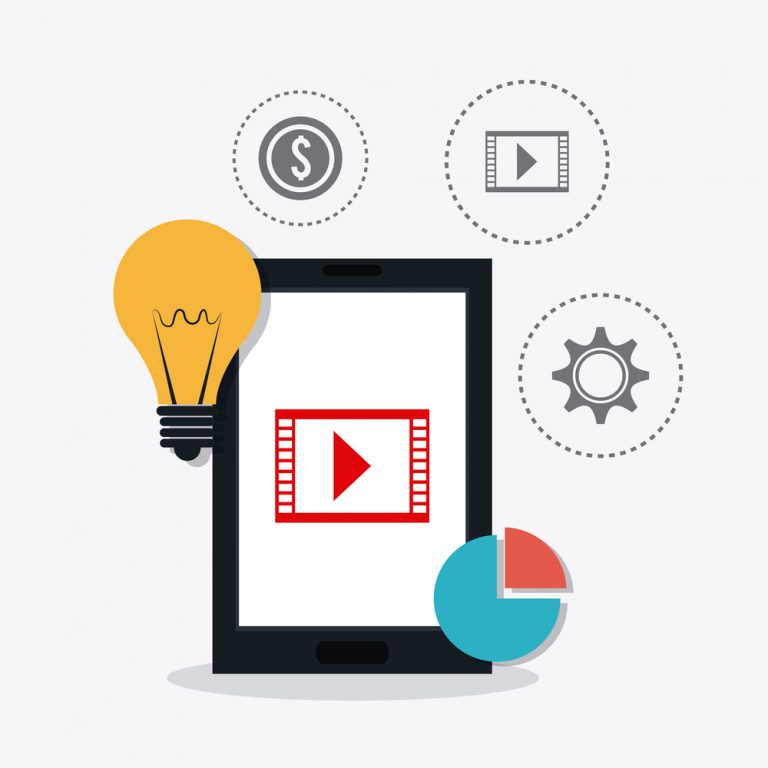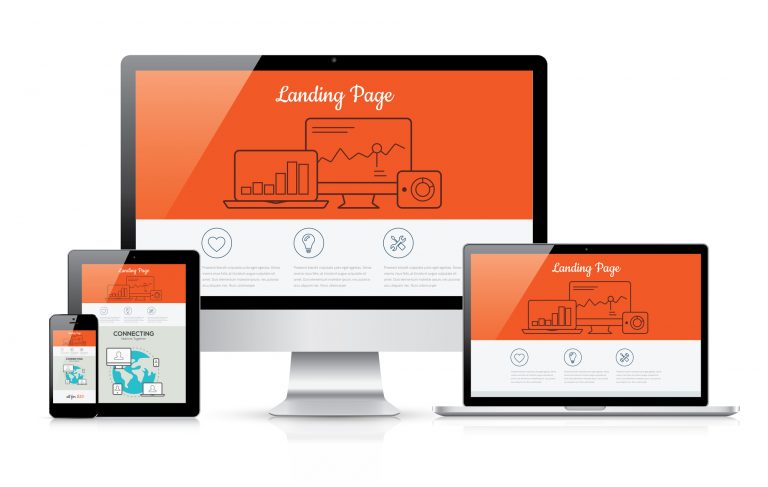How to Sell Your Digital Courses

Looking to sell your digital courses, software, or coaching online? This step-by-step guide will help show you how you can start your very own online business, where you can sell your products and services and building a business on your own terms.
Regardless of what approach you’re taking, it all boils down to 3 core areas.
- First is the traffic generation.
- The second is your sales message.
- Third and finally is your follow-up marketing process.
Let’s dive into the first portion of the equation…
Traffic Generation.
There’s a variety of ways you can drive traffic to sell your online course or coaching program.
The best way, to begin with, is using your organic reach.
Organic reach can be those that are on your existing email list or friends on Facebook.
It can also be driving traffic through social media channels like Facebook, LinkedIn, Instagram or Twitter.
The key is to create a list of people who are interested in purchasing your products and services.
Our goal is to educate the broad market, then for those that raised their hands, we want to niche down into our topic that we’re aiming to sell.
Think of it like we’re casting a big net.
Then those that are watching or reading our content, we can then follow up with our marketing to invite them to the next level.
This leads us into the second part of this equation –
Your Sales Message.
What do you sell?
What’s in it for them? How much does it cost?
Does that make sense based upon what they’re trying to achieve with their business too?
You need to have these answers before jumping onto sending out an email campaign or posting on any social media platform.
A bigger part of the challenge as a course creator is having the know-how to speak the language of your core audience.
That means you know how they feel and know how they think.
Understanding their factors of motivation, their fear, and their greed glands will make it easier to drop a hot sales page that converts while also addressing all of their objectives.
Many times, what stops people from selling online is their fear of rejection or being told “no.”
However, this should not stop you.
It takes a bit more work and time to sell something in person than it does to post on the internet.
You can’t just always rely on one sales pitch either.
That’s why our 3rd key element is in the follow-up campaign.
Follow Up Campaigns
The follow-up campaigns typically take place through email.
The reason is because it’s the easiest of the platforms to automate.
However, if you want to take this strategy to the next level, you’ll also integrate your emails into your ad strategy.
Every marketing campaign should have 3 core fundamental areas.
- The Campaign Entry Phase
- Address Objections Phase
- The Close Down Phase
The campaign entry is when someone first opts in or watches your webinar.
The goal here is to build a level of bonding and trust with the end consumer and not solely there to just sell the product or your coaching.
All of the webinar platforms listed here can integrate with your autoresponder to have these types of campaigns running for you 24-7.
Sometimes, people are ready for you to just give them the solution and will buy right away.
However, that’s not the case with most.
This is why we’re setting up this next phase of Answering Objections.
Phase # 2: Answering Objections
The goal of this phase is to answer any objections a consumer may have and address them.
This can be done in person via chat, email or phone call, but most often it’s through your marketing channels like blog posts, podcasts or webinars.
What we like to do is to put these common objections into our social media ads to address these common concerns.
That’s why knowing your audience is critical in this phase.
The Final Phase: The Close down
In this stage you are closing out any other questions they may have and including an urgency tactic as well that works best with your niche audience (i.e.: “limited time only”).
You should always include a deadline or some type of last-day offer at the end so that people know when it’s too late for them to take advantage of whatever it is they were reading about before clicking away from your page/website. This can be done through the call-to-action on blog posts or videos, as well
And there you go–your campaign has come full circle!
Once you prove that your product is something people want and that it’s something that will sell, it’s time to focus on how many other areas you can get people coming into your sales process.



